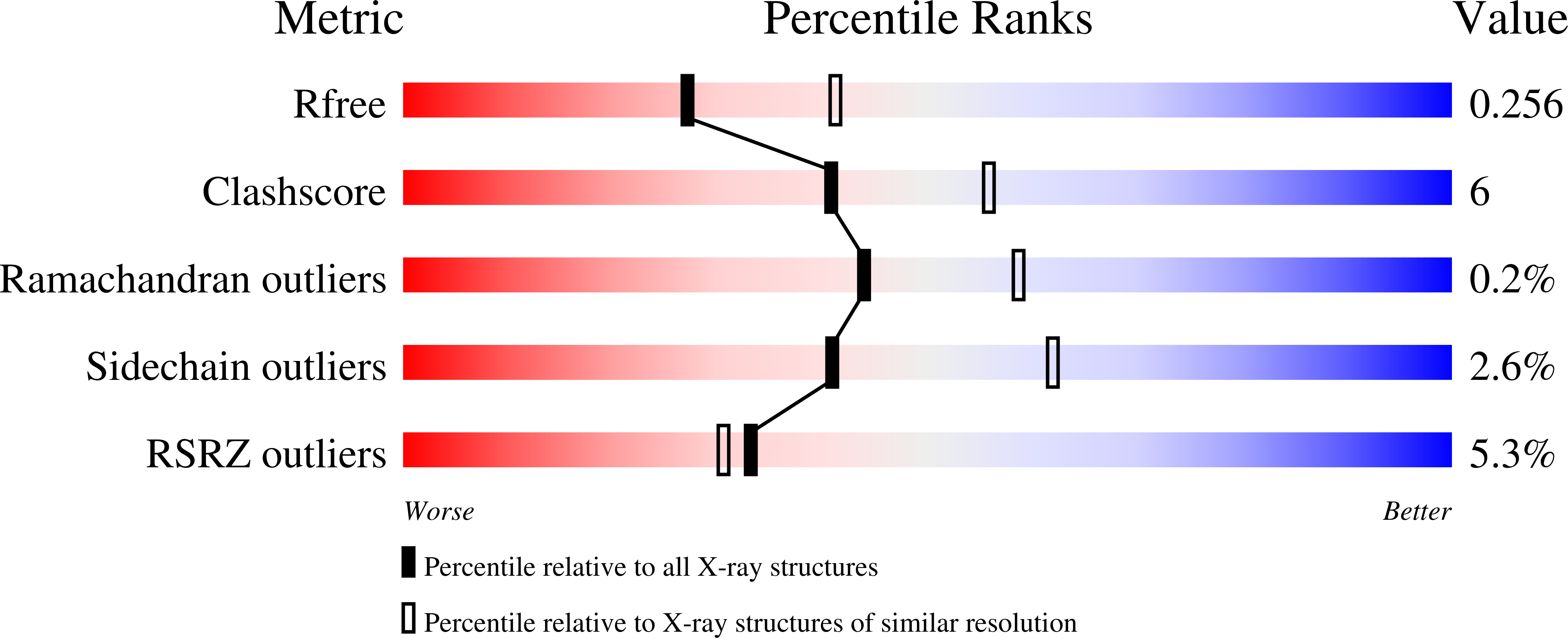
Deposition Date
2024-04-29
Release Date
2024-11-13
Last Version Date
2024-12-11
Entry Detail
PDB ID:
9BL6
Keywords:
Title:
KIR3DL1*114 in complex with HLA-A*24:02 presenting the TW9 peptide
Biological Source:
Source Organism:
Homo sapiens (Taxon ID: 9606)
Influenza A virus (Taxon ID: 11320)
Influenza A virus (Taxon ID: 11320)
Host Organism:
Method Details:
Experimental Method:
Resolution:
2.40 Å
R-Value Free:
0.25
R-Value Work:
0.22
R-Value Observed:
0.22
Space Group:
P 1


